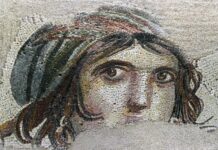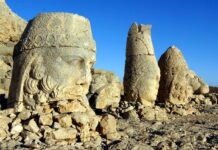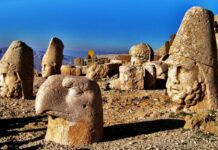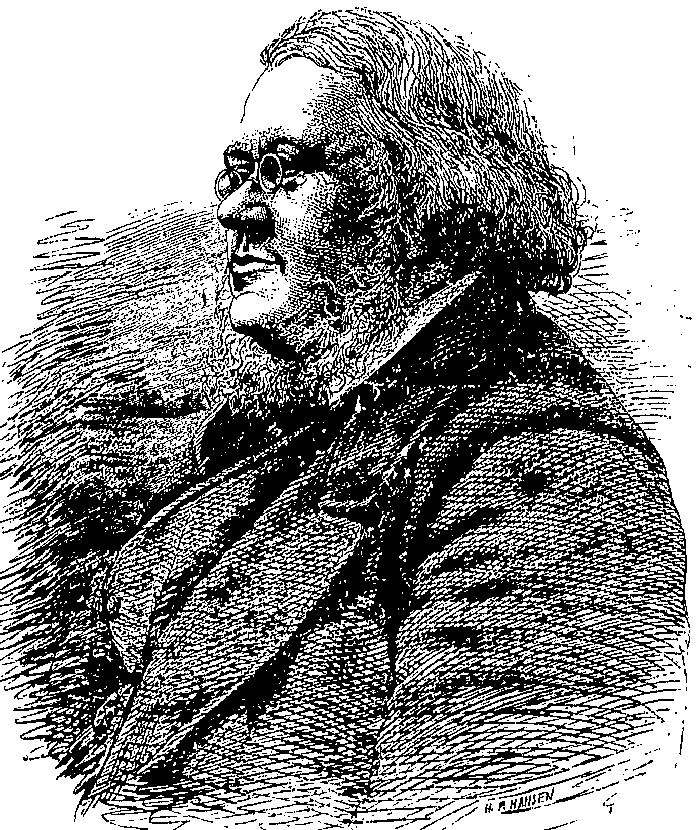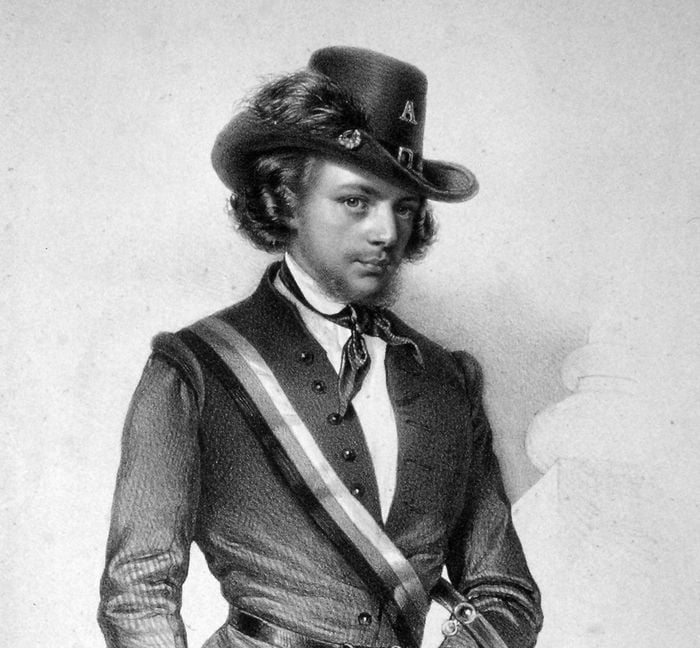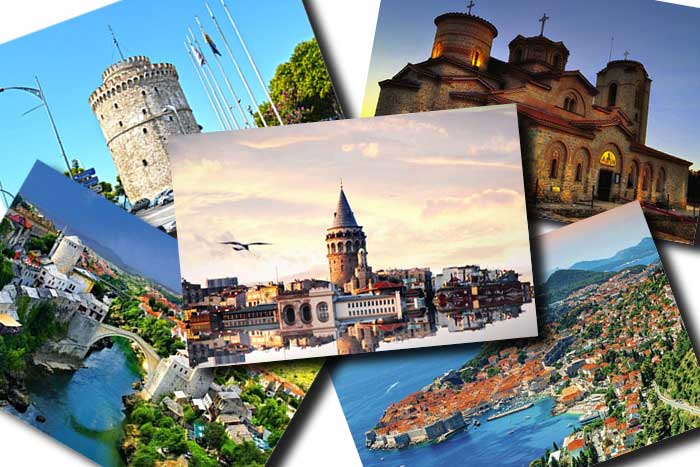Smyrna was known as the martyr church, which means it was a church that suffered and lost lives for Christ. The name Smyrna means “myrrh,” which is a symbol of suffering.
Modern Smyrna
The city of Smyrna still exists today under the Turkish name Izmir. Even though the name is different, it is the same city. Smyrna has been inhabited without interruption since it was first founded. I have visited there, and when I go to see the early churches in the area, we stay in Izmir The Temple of Diana in Ephesus.
Izmir is a commercial city, and some people say it might become bigger than Istanbul in the future, especially as a business center. It has a large population. However, the modern city has grown so much that it covers much of the ruins of ancient Smyrna, so it can be hard to see the beauty of the ancient city.
The Beauty of Smyrna
I have taken pictures of Smyrna and often use them in my presentations. One of the most beautiful things about the city is its harbor, which is large and very beautiful—one of the best I’ve seen. Smyrna was once known as one of the loveliest cities in Asia. People called it a flower, an ornament, and even the crown of Asia Customized Turkey Tour.
The Acropolis and Temples
The acropolis (a high area of the city) was located on Mount Pagos. The early city of Smyrna, which dates back to about 2000 B.C., was built around the slopes of this mountain. Later, Alexander the Great helped make the city more beautiful.
There were wide roads and boulevards along the slopes of Mount Pagos, and the city was called the “crown city” because the acropolis was surrounded by flowers, myrtle trees, and a hedge. Smyrna was known for its beautiful buildings and temples, including:
A temple of Zeus
A temple of Cybele (also known as Diana)
A temple of Aphrodite
A temple of Apollo
A temple of Aesculapius (the god of healing)
Smyrna also had a theater, a music hall (called an odeum), and a stadium.
Polycarp’s Martyrdom
Smyrna was also the place where Polycarp, the bishop of Smyrna and a student of the apostle John, was martyred. Polycarp was burned alive in A.D. 155 in the city’s stadium.

